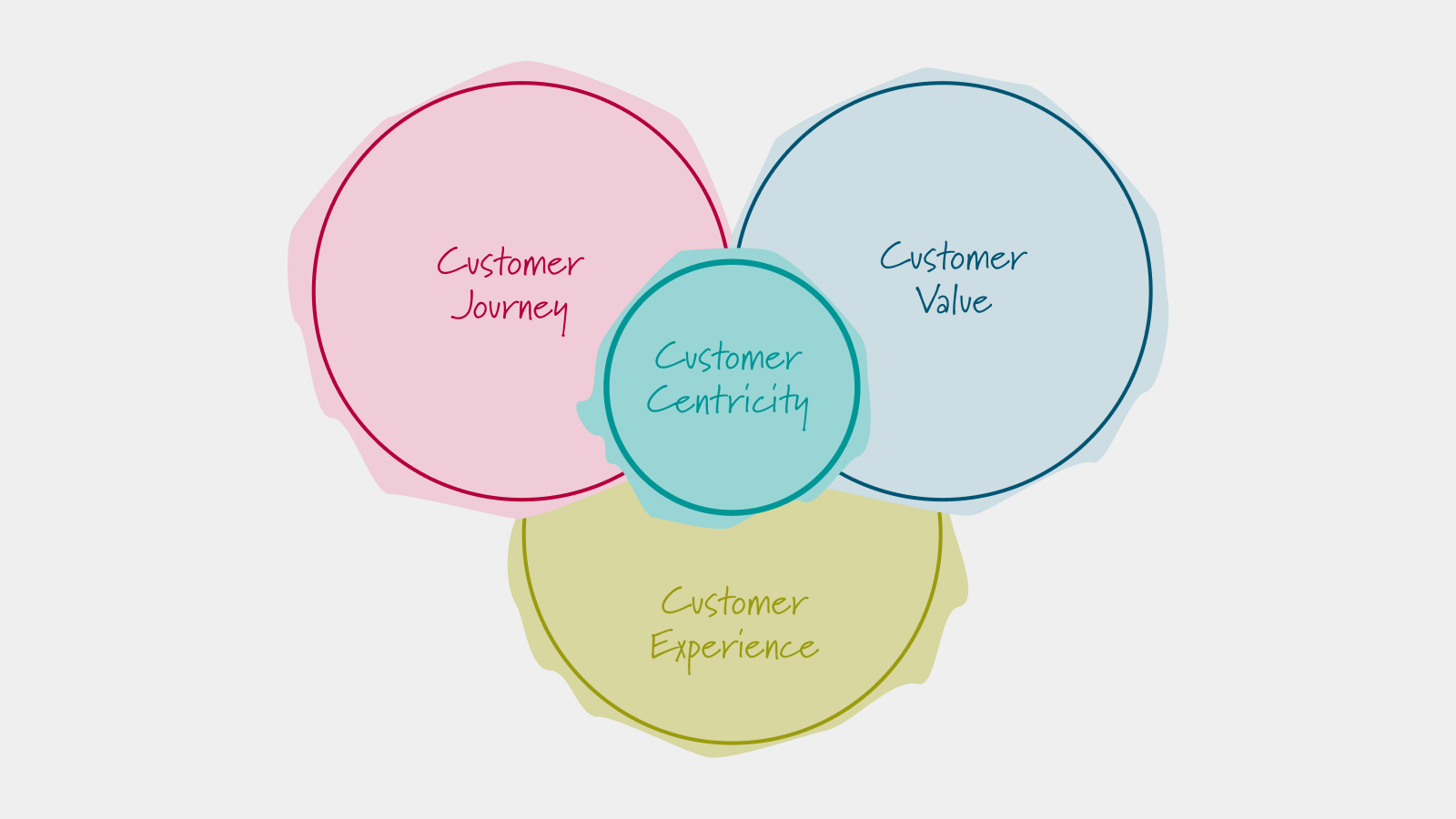
Interactive Project Simulation
A simulation model
The following simulation model lets you experiment with how the schedule pressure affects productivity in a simple project management situation. The model is an implementation of the causal loop diagram examined in the section on Causal Loop Diagrams

and of the stock and flow model we derived from this in the section on Stock And Flow Diagrams:

This simple model explores the dynamics of getting a set of tasks done by a fixed deadline, e.g. in the context of a personal or business project.
The model acknowledges the fact that few (if any) people work at constant productivity, because our productivity depends on schedule pressure: at the beginning of the project the schedule pressure is low and we tend to procrastinate. As schedule pressure builds up, we increase our productivity and even start to put in extra hours (overtime).
The model is very simple: e.g. it does not take into account further effects such as doing tasks quicker by cutting corners (which typically results in lower quality), the negative effects of prolonged overtime on productivity, what happens if you add extra staff to a late project or the effect of scope changes that lead to new tasks being added during the course of the project.
Nevertheless, the model is powerful enough to illustrate Cyril Northcote Parkinson's famous observation:
The effort needed to do an amount of work always expands to fill the time available to do it.- C.N. Parkinson
You can experiment with different settings for the number of open tasks, the deadline and the effect of schedule pressure on productivity in the simulation below, which was created using our web simulation framework.
Click here to open a simulation on a separate tab.
Workshops
Resources
All Rights Reserved.


